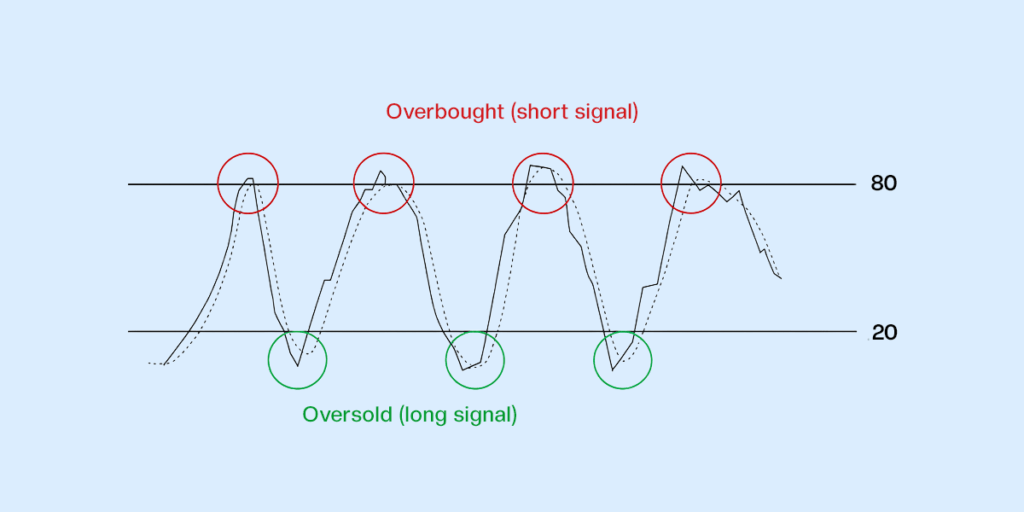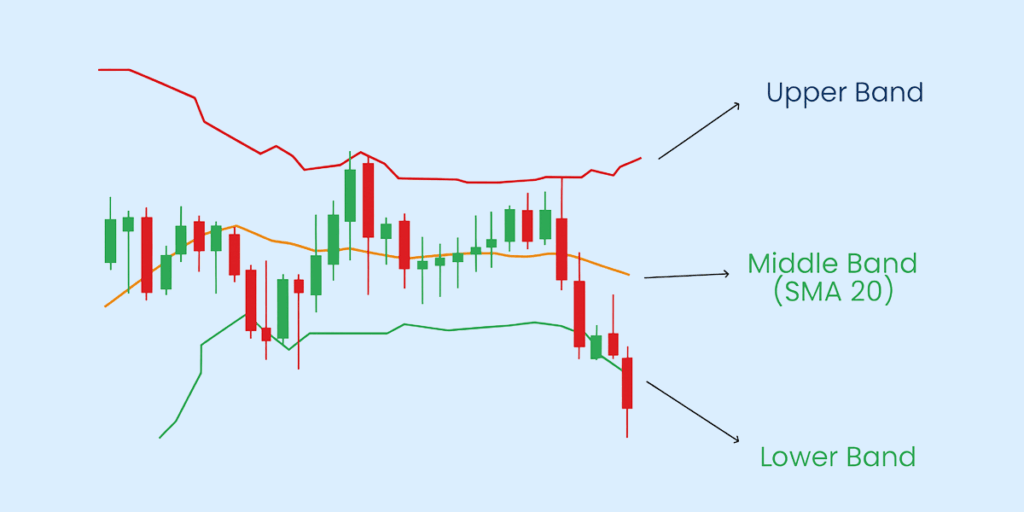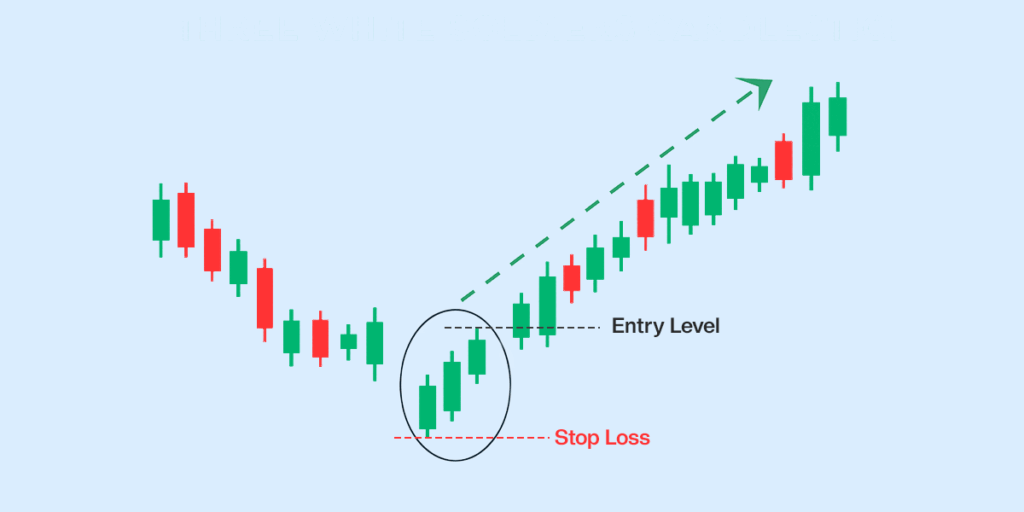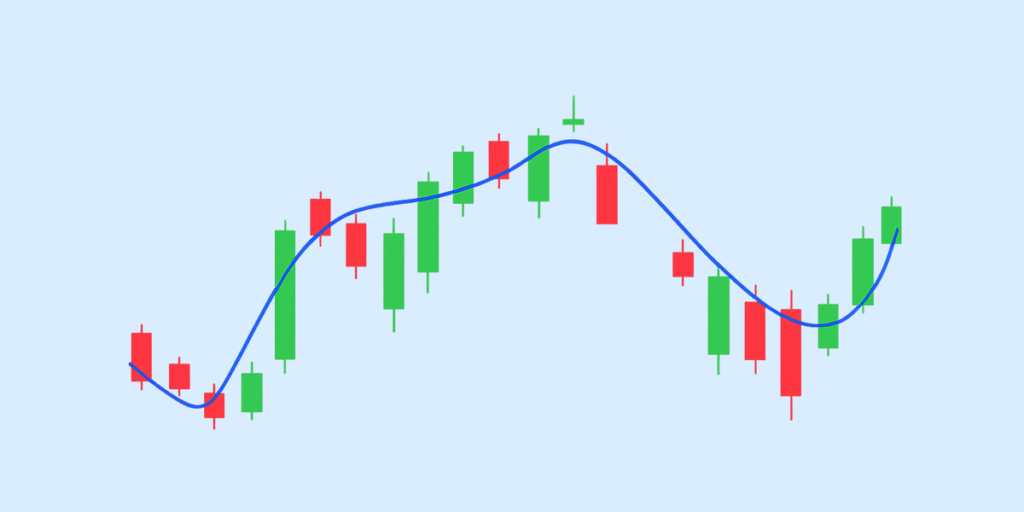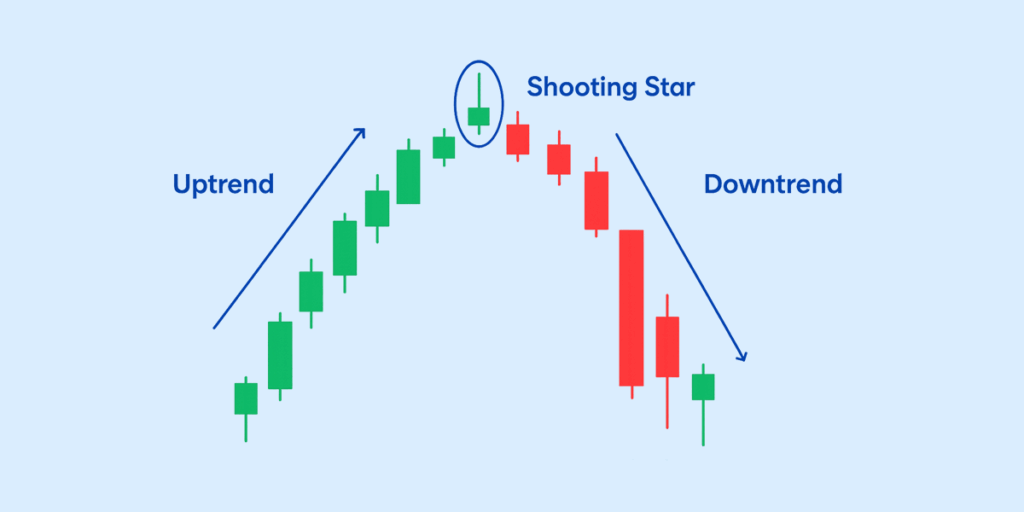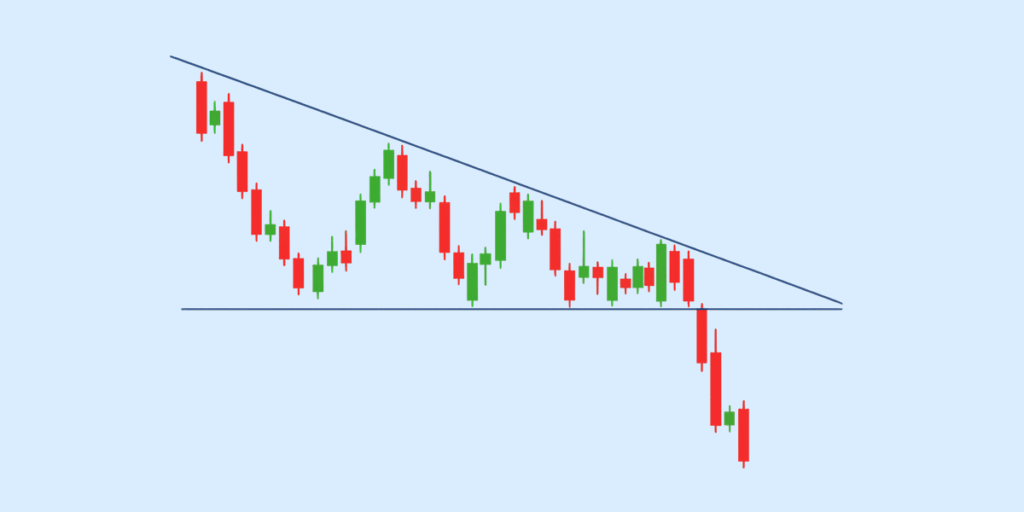When investing, choosing between growth stocks and value stocks is crucial. Growth stocks are expected to grow above average compared to their industry or the overall market. In contrast, value stocks are seen as undervalued compared to their true worth.
Therefore, understanding whether a growth or value investment style suits you is essential for making informed decisions. Your decision should also align with your risk tolerance and investment goals.
Keep reading to learn more about choosing between the two investment strategies!
What are Growth Stocks?
Growth stocks represent companies with significant high growth potential, often found in emerging or expanding sectors like technology.
Definition of Growth Stocks
Growth stocks are shares in companies expected to grow above average compared to their industry or the overall market. These companies focus on increasing their earnings rather than distributing profits to shareholders. They aim for substantial growth by reinvesting earnings into business initiatives.
Characteristics of Growth Stocks
Some key features of growth stocks are:
- High P/E ratio: Growth stocks usually have a higher Price-to-Earnings (P/E) ratio than the market average, indicating investors are willing to pay more for future earnings potential.
- High earnings growth rate: These companies often exhibit earnings growth rates that outpace the market, signalling robust business health and potential.
- Higher volatility and risk: Growth stocks can experience significant price fluctuations, which means they carry a higher risk for investors.
- No dividend: Since growth companies reinvest profits, they usually do not distribute dividends, focusing instead on long-term growth
Examples of Growth Stocks
Some well-known examples of growth stocks include:
What are Value Stocks?
Investing in value stocks can be an excellent strategy for those looking for potential long-term gains. These stocks are considered undervalued, meaning their current price is lower than their intrinsic worth.
Definition of Value Stocks
Value stocks are shares in companies trading for less than their true value, often assessed through fundamental analysis. Investors buy these stocks expecting their prices to rise as the market recognises their true worth over time.
Characteristics of Value Stocks
Some key features of value stocks are:
- Lower P/E ratio: Value stocks typically have a lower P/E ratio than the broader market, indicating that they may be undervalued relative to their earnings potential.
- Often Pay Dividends: Many value stocks are dividend-paying stocks, which means they regularly return a portion of profits to shareholders, providing a steady income stream.
- Less Volatile than Growth Stocks: These stocks generally experience less price fluctuation, making them a more stable investment option.
- Found in Mature Sectors: Value stocks are often associated with mature sectors, such as utilities or financials, where companies have established business models and reliable revenue streams.
Examples of Value Stocks
Some prominent examples of value stocks include:
- Berkshire Hathaway (BRK.B)
- Procter & Gamble (PG)
- JPMorgan Chase (JPM).
Key Differences Between Growth and Value Stocks
Understanding the key differences between growth and value stocks can help you make more strategic investment decisions. Each type has its unique features, risks, and potential rewards. Let’s explore these differences across several key areas.
Valuation Metrics
Valuation metrics play a significant role in distinguishing growth stocks from value stocks.
Growth Stocks
These stocks typically trade at higher valuations. You will notice that they often have high P/E (price-to-earnings) ratios and price-to-book ratios. This means investors are willing to pay a premium for their potential growth.
Value Stocks
In contrast, value stocks trade at lower valuations. They usually show lower P/E ratios and price-to-book ratios, indicating that they may be undervalued compared to their actual worth.
Risk and Volatility
Risk and volatility are important factors when choosing between growth and value stocks.
Growth Stocks
Growth stock risk can be significant, leading to greater gains or losses. Its speculative nature means prices can fluctuate widely based on market conditions.
Value Stocks
Value stocks exhibit lower volatility, making them less risky overall. However, this stability often comes with slower growth potential, which may not appeal to all investors.
Dividend Payments
Dividends can significantly influence your choice of stocks based on your investment goals.
Growth Stocks
Companies that issue growth stocks usually reinvest their earnings into the business rather than pay dividends. This strategy aims to fuel further growth, meaning you won’t receive income from stocks as dividends.
Value Stocks
Conversely, value stocks often provide regular dividends. This characteristic attracts income-focused investors who want a steady cash flow from their investments.
Performance of Growth vs. Value Stocks
Understanding the performance of growth and value stocks in different market conditions is essential when evaluating your investment strategy. Here’s a breakdown of their performance in various scenarios.
Performance in Bull Markets
Growth stocks typically outperform in bull market performance—when economic conditions are strong and optimism is high. During these times, investors are willing to pay more for stocks with high potential for future earnings. This optimism drives up growth stock returns, leading to substantial price appreciation.
Performance in Bear Markets
Conversely, during bear market performance, value stocks generally perform better. Investors often seek stability and consistent dividends, which value stocks tend to provide. As a result, they are seen as safer investments during uncertain times, showcasing their value stock stability when growth stocks are more likely to decline in value.
Historical Performance Data
Looking at historical performance data, you can see alternating periods where growth and value stocks have excelled.
For instance, growth stocks thrived in the 2020 bull market, demonstrating significant returns. However, during the 2022 downturn, value stocks proved more resilient, holding up better in challenging economic conditions.
This pattern emphasises the need to consider market conditions when selecting stocks for your portfolio.
Pros and Cons of Growth Stocks
Investing in growth stocks can be an exciting journey. Here’s a look at the advantages and disadvantages to help you decide if they fit your investment style.
Pros of Growth Stocks
Some growth stock advantages include:
- Growth stocks often increase significantly in value, offering the chance for large returns on your investment.
- Growth stocks can yield impressive rewards over time if you’re willing to take on higher risk.
- These stocks usually perform well when the economy is growing, making them a good option during periods of expansion.
Cons of Growth Stocks
Similarly, the same growth stock disadvantages include:
- Growth stocks can fluctuate widely in price, which means you could lose money if a company fails to meet its growth expectations.
- Many growth companies reinvest profits into their business, so you won’t receive regular dividend payments.
Pros and Cons of Value Stocks
Value stocks offer a different approach to investing. Before investing in one, consider the pros and cons.
Pros of Value Stocks
Some value stock advantages are:
- Value stocks generally provide more stability, especially during economic downturns, making them safer for risk-averse investors.
- Many value stocks are dividend-paying stocks, which can be an attractive source of income.
- As undervalued stocks gain recognition, their prices can increase, offering profit potential.
Cons of Value Stocks
Apart from the pros, some value stock disadvantages include:
- Value stocks typically don’t rise in price as quickly as growth stocks, which can frustrate some investors.
- Even if the fundamentals are strong, value stocks may take time to reflect their true worth, leading to extended periods of minimal price movement.
Which is Better for You? Growth or Value Stocks?
When deciding between growth and value stocks, matching your investment choices with your personal goals and risk appetite is important. Let’s explore the key characteristics that can guide you toward making the right decision.
Choosing Based on Risk Tolerance
Your investment risk tolerance is important when picking between growth and value stocks. Growth stocks are best suited for aggressive investors who aim for high returns but are prepared to face more volatility. On the other hand, value stocks appeal to conservative investors seeking stability and consistent dividends without worrying about dramatic price swings.
Time Horizon Consideration
Long-term investors willing to bear the market’s ups and downs often lean toward growth stocks. If you focus more on steady income or a shorter investment period, value stocks may provide more immediate stability with the added benefit of regular dividends.
Balanced Approach: Combining Growth and Value
To balance risk and maximise returns, consider diversifying your portfolio by combining growth and value stocks. Portfolio diversification allows you to capture the upside potential of growth stocks while mitigating risk with the stability of value stocks.
Growth vs. Value: Final Thoughts
When choosing between growth and value stocks, there is no one-size-fits-all answer. The right choice depends on your goals, risk tolerance, and how long you plan to invest. Growth stocks offer higher potential returns but come with more risk, while value stocks provide stability and dividends, which can be appealing in uncertain markets.
Before making an investment decision, consider your investment objectives carefully. To make this process easier, Appreciate offers resources to help you assess your risk tolerance and build a balanced portfolio. Whether you’re inclined toward growth, value, or a mix of both, our experts can guide you to a smarter investment strategy that fits your needs.
FAQ
What are growth stocks, and how do they differ from value stocks?
Growth stocks are expected to increase above average than their industry or the overall market. In contrast, value stocks are shares that appear to be trading for less than their intrinsic value, often indicated by lower price-to-earnings (P/E) ratios.
Which type of stock is riskier: growth or value?
Growth stocks tend to be riskier due to their reliance on future performance and market expectations, which can lead to greater price volatility. Value stocks are generally considered safer because they often represent established companies with stable earnings.
How do dividends factor into growth vs. value stock investments?
Growth stocks typically reinvest earnings into the business to fuel further expansion, often resulting in little to no dividends paid to shareholders. In contrast, value stocks frequently offer dividends to return profits to shareholders, making them attractive for income-focused investors.
When do growth stocks tend to outperform value stocks?
Growth stocks outperform value stocks during bull markets when investor sentiment is positive, and capital flows toward companies with strong growth potential. On the other hand, value stocks may perform better in bear markets or economic downturns when investors seek safer, more stable investments.
What are the best sectors in which to find value stocks?
Sectors such as utilities, consumer staples, and financial services often contain value stocks, as these companies tend to be more established and have predictable earnings. These sectors usually offer steady dividends and may be less affected by economic fluctuations.
Should long-term investors focus more on growth stocks?
Long-term investors may benefit from focusing on growth stocks due to their potential for significant capital appreciation. However, incorporating value stocks can provide stability and income, creating a more balanced portfolio.
How does inflation impact the performance of value vs. growth stocks?
Inflation can negatively affect growth stocks, as rising prices may erode profit margins and lead to higher interest rates, reducing future earnings potential. Conversely, value stocks may perform better in inflationary environments because they often have established pricing power and generate steady cash flows.
Can I combine both growth and value stocks in my portfolio?
Yes, combining both growth and value stocks in your portfolio can provide diversification and balance risk. This approach lets investors capitalise on the potential for high returns from growth stocks while benefiting from the stability and income value stocks offer.
How do you evaluate whether a stock is overvalued or undervalued?
Investors typically analyse key financial metrics, such as the price-to-earnings (P/E) ratio, price-to-book (P/B) ratio, and other valuation measures, to evaluate whether a stock is overvalued or undervalued.
Which stock type is better for beginners: growth or value?
Value stocks may be more suitable for beginners due to their lower risk and the potential for steady dividends. While offering high reward potential, growth stocks can be more volatile and may require a deeper understanding.
How does the economic cycle affect the performance of growth and value stocks?
Growth stocks often outperform during economic expansions due to increased consumer spending and business investment, which drive higher earnings. In contrast, value stocks tend to hold up better during recessions or economic slowdowns as investors seek safety and stable returns.
What is the historical performance comparison between growth and value stocks?
Historically, growth stocks have performed better during prolonged bull markets, while value stocks have outperformed during bear markets or periods of economic recovery. This cyclical performance difference emphasises the importance of understanding market conditions when selecting stock types.
Disclaimer: Investments in securities markets are subject to market risks. Read all the related documents carefully before investing. The securities quoted are exemplary and are not recommendatory.












